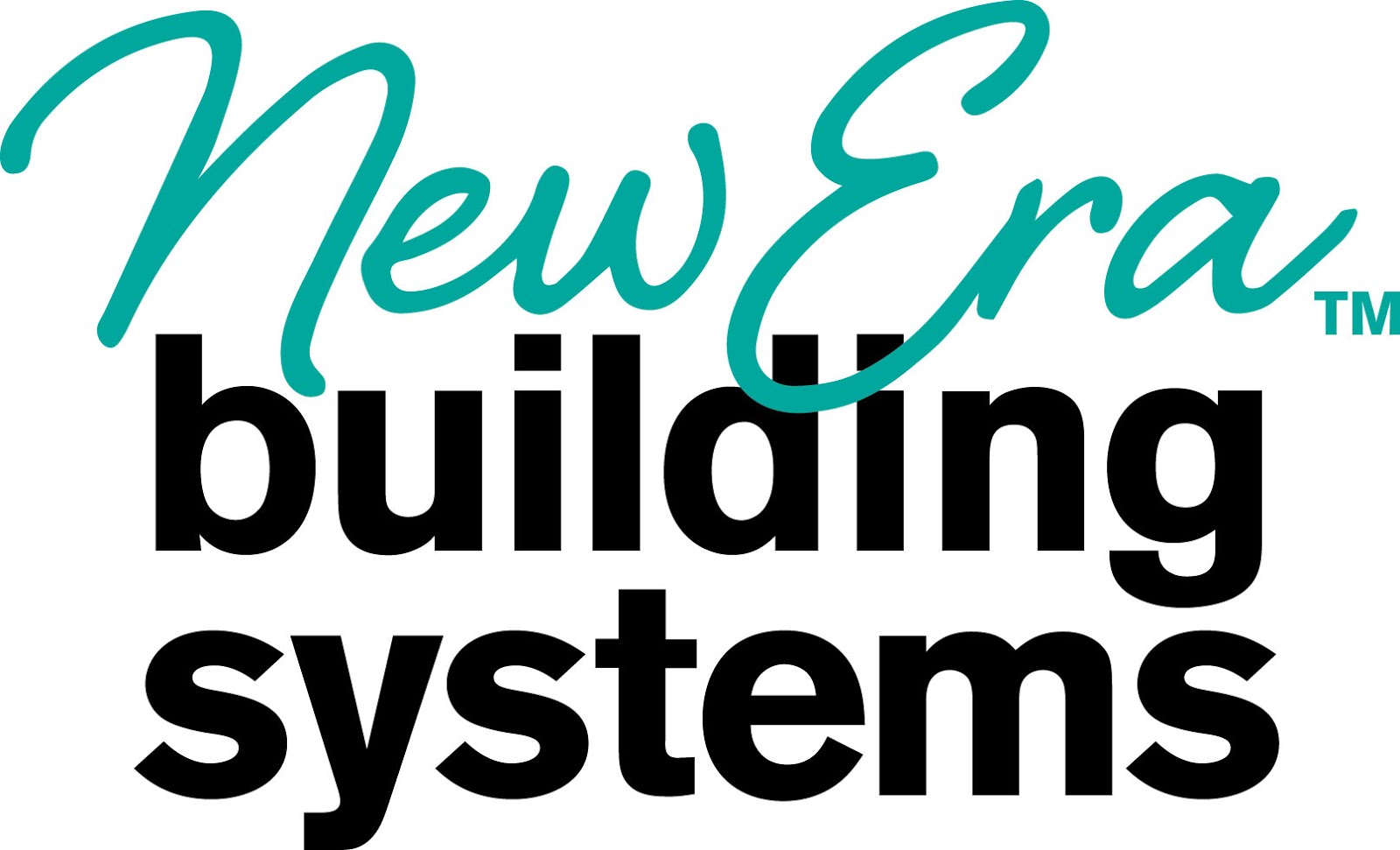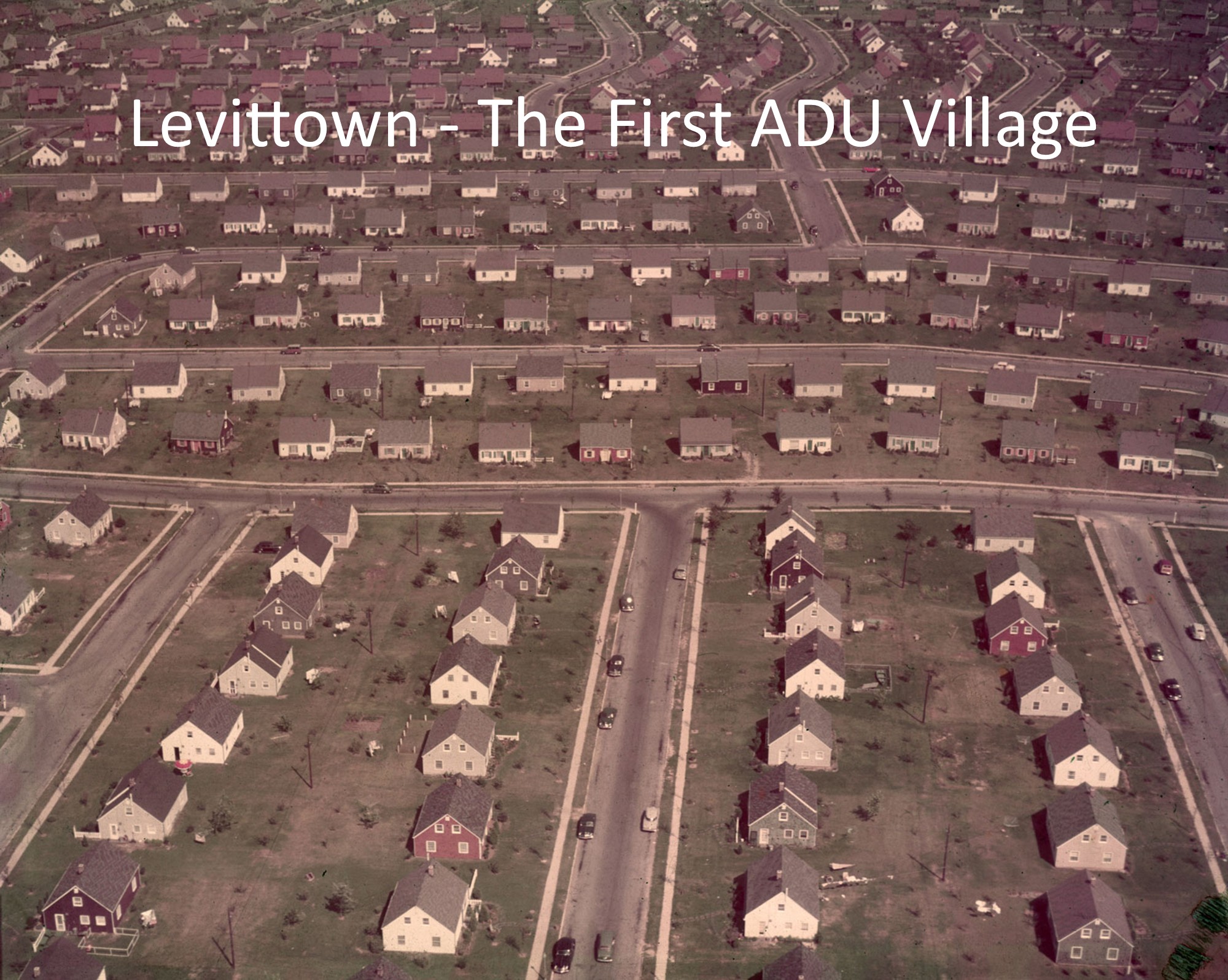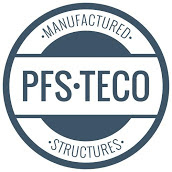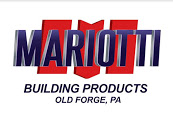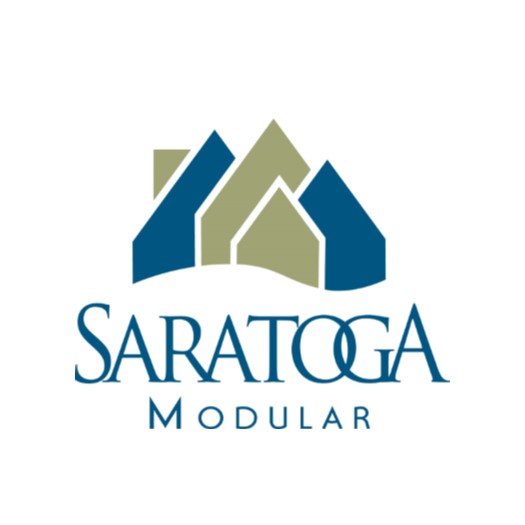Over the past few years, Accessory Dwelling Units—better known as ADUs—have evolved from humble backyard cottages into symbols of housing innovation. What began as a clever way for homeowners to earn rental income or keep family close is now inspiring a much bigger question: Could ADUs become the foundation for entire new villages and towns?
The idea might sound radical, but so did modular housing twenty years ago. Today, as cities struggle with affordability, zoning restrictions, and land scarcity, ADU-based communities may be one of the most flexible—and human-scaled—answers to our housing challenges.
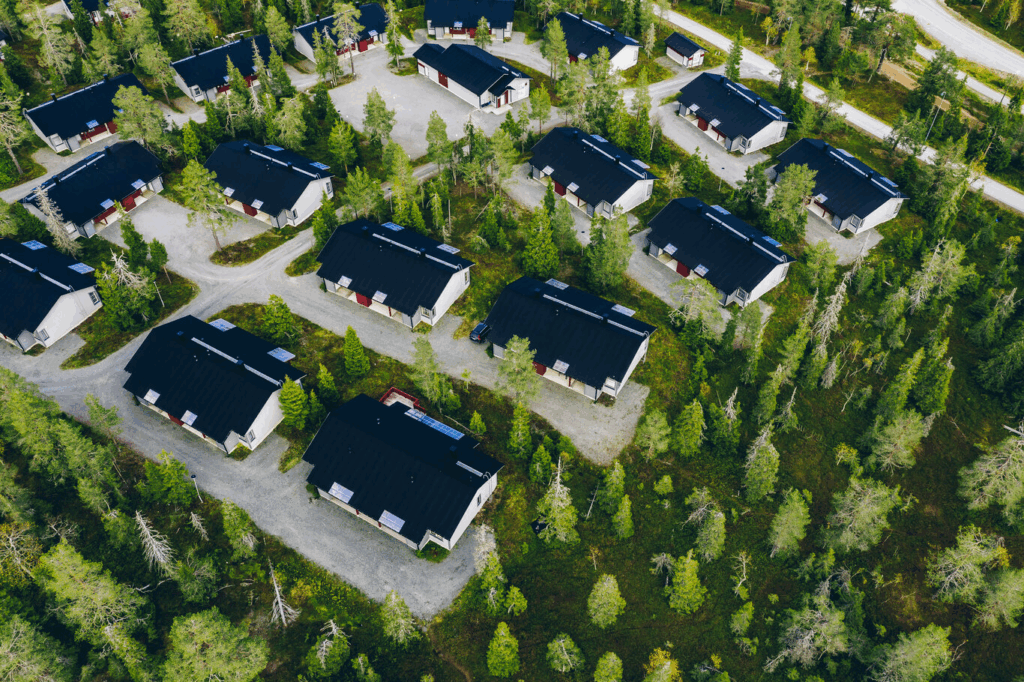
From Backyard Add-Ons to Building Blocks
When California and Oregon loosened zoning rules to allow backyard ADUs, most people imagined one unit tucked quietly behind a house. Few foresaw that the same 400- to 800-square-foot structures could someday multiply into clusters, courtyards, and even micro-villages.
Picture a 20-acre parcel on the edge of town where 150 beautifully designed ADUs form a complete community—each with a porch, garden, and walking paths instead of fences. Add a few shared amenities like a café, co-working barn, and solar micro-grid, and you have a self-contained village built faster and more affordably than any traditional subdivision.
Companies such as Abodu, Cottage, and Wolf Industries are already exploring this frontier. And nonprofit groups like Dignity Moves are proving that prefabricated, small-scale dwellings can quickly create dignity and stability for people transitioning out of homelessness. The concept is quietly gaining traction, not just as a stopgap but as a whole new housing typology.
Why ADU Villages Make Economic Sense
Speed is the biggest advantage. ADUs can be factory-built, delivered, and installed within weeks. A developer or community land trust could purchase a dozen at a time, place them on small lots or clustered pads, and welcome residents long before a conventional subdivision even finishes grading.

The math is appealing too. Smaller footprints mean reduced infrastructure costs—shorter roadways, smaller utility lines, fewer stormwater complications. Shared septic, solar, and community spaces spread expenses across many residents.
It’s easy to imagine a future where underused public lands, church properties, or former industrial parcels become thriving micro-communities made up of ADUs, each one privately owned or co-owned through a cooperative. Municipalities could even sponsor these projects as a form of incremental development: start with 10 units, then add 10 more each year as infrastructure and demand grow.
Who Would Want to Live There?
That’s the real question, and the answer might surprise you.
Young professionals—especially those working remotely—are increasingly searching for affordable, socially connected communities rather than isolated apartments. ADU villages could offer that sense of belonging without the price tag of urban living. Imagine a modern “starter town” where neighbors share a workshop, garden space, and a fiber-connected co-working hub.
Empty-nesters and retirees might find ADU villages even more appealing. Many don’t want large suburban homes but still crave independence, security, and community. A cottage-scale home surrounded by friendly neighbors, walking paths, and a small clinic or café nearby fits that dream perfectly.
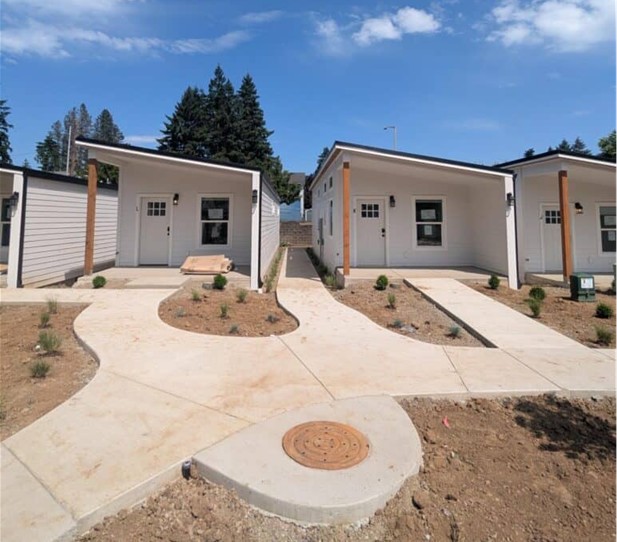
Essential workers—teachers, nurses, and service employees—could live near their jobs instead of commuting from distant suburbs. In areas like Colorado’s mountain towns or California’s wine country, local employers might even sponsor ADU villages as part of workforce housing programs.
Then there’s a newer demographic: the creative class—freelancers, artists, and entrepreneurs who value flexibility. For them, an ADU village could double as both a residence and a maker space. Some planners envision hybrid live/work ADUs forming entire “creative hamlets,” modern echoes of the small factory towns of the past.
Designing for Dignity and Density
Critics often associate ADUs with temporary or cramped living, but thoughtful design can turn that perception upside down.
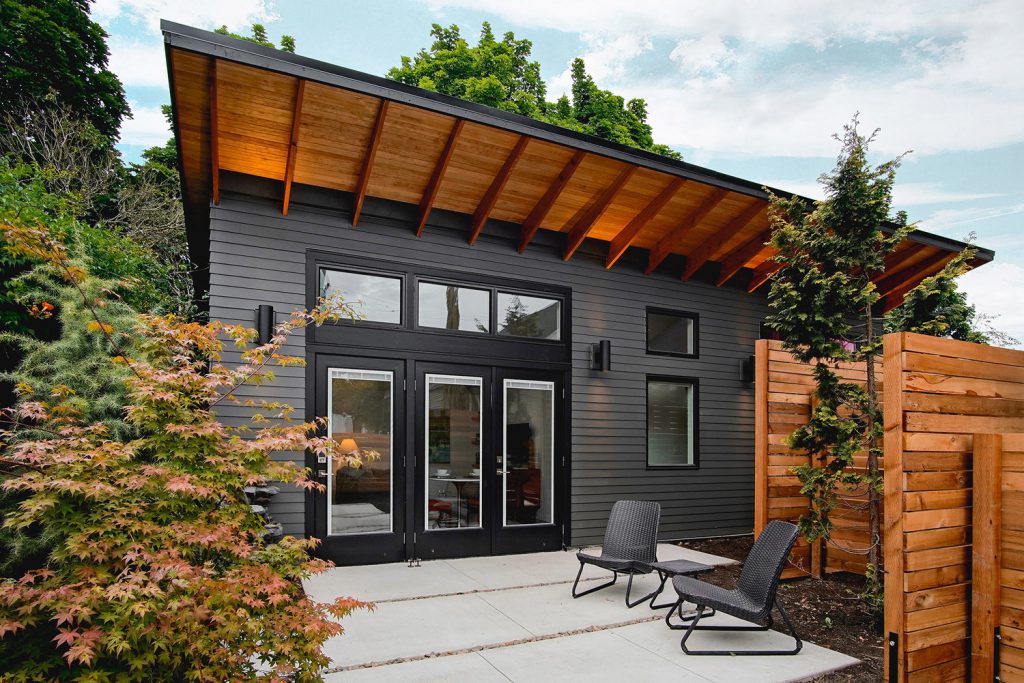
A mix of one- and two-story ADUs arranged around green courts can create a rich variety of spaces. Modular construction allows each unit to be unique while keeping costs predictable. Add trees, pocket parks, and shared storage sheds, and the result feels like an updated version of the classic American small town.
Instead of cul-de-sacs, imagine footpaths connecting clusters of ten or twelve ADUs. Instead of driveways, imagine parking tucked behind community buildings or along the periphery. The goal isn’t just affordable shelter—it’s livability.
The best examples already exist in pilot form. In Portland, Oregon, several small ADU clusters have quietly become models of community cohesion. Residents share maintenance costs, participate in communal gardens, and even organize neighborhood dinners. These aren’t temporary fixes; they’re sustainable villages built on respect, simplicity, and smart planning.
The Modular Housing Industry Could Lead the Movement
If any segment of construction is positioned to turn this vision into reality, it’s the modular housing industry.
Factories that already produce single-family modules, duplexes, or multifamily units could easily pivot to creating standardized, code-compliant ADU product lines. The logistics, engineering, and quality-control systems are already in place. What’s missing is the large-scale planning—something modular manufacturers could partner with developers or municipalities to provide.

Imagine a modular factory designing entire ADU towns under one coordinated production system. Modules could ship in batches, timed with on-site infrastructure installation. Each home would arrive 90% complete—plumbed, wired, insulated, and ready for connection. Within weeks, a vacant lot could become a neighborhood.
For factories struggling with inconsistent production schedules or underutilized capacity, ADU towns could become a steady pipeline of work. Instead of waiting for sporadic custom home contracts, manufacturers could enter long-term agreements to supply ADU clusters for local governments, nonprofits, or private developers.
Modular construction’s precision also solves a key problem for ADU scalability: compliance with varying local building codes. A well-designed modular ADU system can be certified across multiple states, making it easier to replicate the same successful village model elsewhere.
The offsite industry has been talking for years about becoming the engine for affordable housing. ADU villages could finally be that breakthrough. They combine everything modular factories do best—standardization, efficiency, repeatability—with the one thing the industry has been missing: a movement people can see and live in.
The Regulatory Roadblock
Of course, one major hurdle stands in the way: zoning.
Most local codes still define ADUs as secondary dwellings attached to a primary house. Building an entire community of “accessory” units breaks that logic. Cities would need to create new classifications—perhaps calling them “cottage clusters,” “micro-villages,” or “shared-parcel communities.”
Financing is another challenge. Banks and appraisers often undervalue small units, and conventional mortgages weren’t designed for clustered ownership models. But that’s slowly changing. Fannie Mae and Freddie Mac are testing ADU-friendly lending programs, and credit unions are showing interest in co-op financing.
If history is any guide, regulations will eventually catch up to innovation. Manufactured homes, townhouses, and condominiums all faced similar resistance when they first emerged. Once people saw them working successfully, acceptance followed.
The Human Element: Why It Feels Familiar
There’s something deeply nostalgic about the idea of ADU villages. They evoke the early American settlement model—small, self-sufficient communities where homes were built modestly and neighbors shared responsibility. Before zoning and car dependency spread us apart, most towns were collections of small dwellings around shared infrastructure.
In many ways, ADU villages represent a return to that human scale. Instead of sprawling suburbs or anonymous apartment towers, we could once again build neighborhoods where people know each other’s names, wave from their porches, and walk to a central green.
This isn’t utopian dreaming—it’s a chance to rebuild the social fabric through housing form.
The Environmental Equation
Environmental advocates also see promise in ADU villages. Smaller homes use fewer materials, demand less energy, and reduce carbon emissions. When combined with factory-built methods, the waste reduction can be dramatic—up to 60% less compared to site-built homes.
Micro-grids and shared renewable systems could make these communities nearly net-zero. Rainwater collection, community composting, and EV-charging co-ops could be designed into the plan from day one. ADU villages might just become the greenest towns in America.
From Pilot to Movement
If just a few pioneering developers, city planners, or housing authorities take the leap, ADU villages could become a national movement. The first towns might rise on the outskirts of Austin, Boise, or Madison—places already experimenting with flexible zoning. From there, the model could scale rapidly, especially as modular ADU factories increase production capacity.
Imagine driving through what used to be empty land and discovering a thriving little town of 300 residents—dozens of small homes, a community hall, and kids playing in the park. Not a “trailer park,” not a “tiny house village,” but something entirely new: an ADU Town.
So Who Builds the First One?
That’s the million-dollar question. It might not be a traditional developer. It could be a coalition of homeowners, a visionary nonprofit, or even a forward-thinking county planning department tired of waiting for major builders to act.
Once one community proves the concept—showing that density, beauty, and affordability can coexist—others will follow.
Just as the first planned neighborhoods and suburban tracts transformed America in the 1950s, ADU villages could define the next era of community building. Smaller, greener, faster, and—most importantly—more connected.
My Final Thoughts
If we’ve learned anything from decades of over-building and under-planning, it’s that scale isn’t everything. Sometimes progress comes not from thinking bigger but from thinking smaller—and smarter.
ADUs began as backyard solutions, but their future may be front and center in our effort to create livable, inclusive communities. The next generation might not just rent an ADU behind someone’s house—they might buy one in a brand-new town built entirely of them.
And when that happens, we’ll realize we didn’t just reinvent housing. We rediscovered what “home” truly means.
.
With over 9,000 published articles on modular and offsite construction, Gary Fleisher remains one of the most trusted voices in the industry.
.
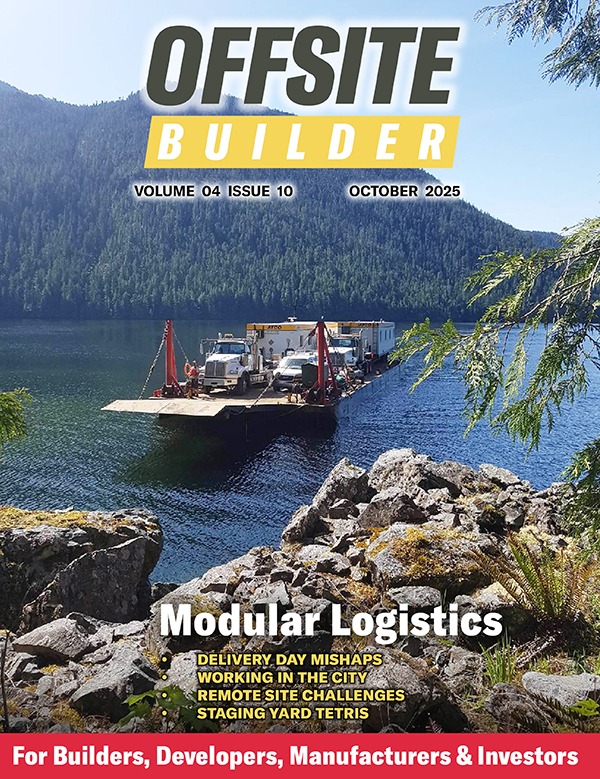
CLICK HERE to read the latest edition

Contact Gary Fleisher



